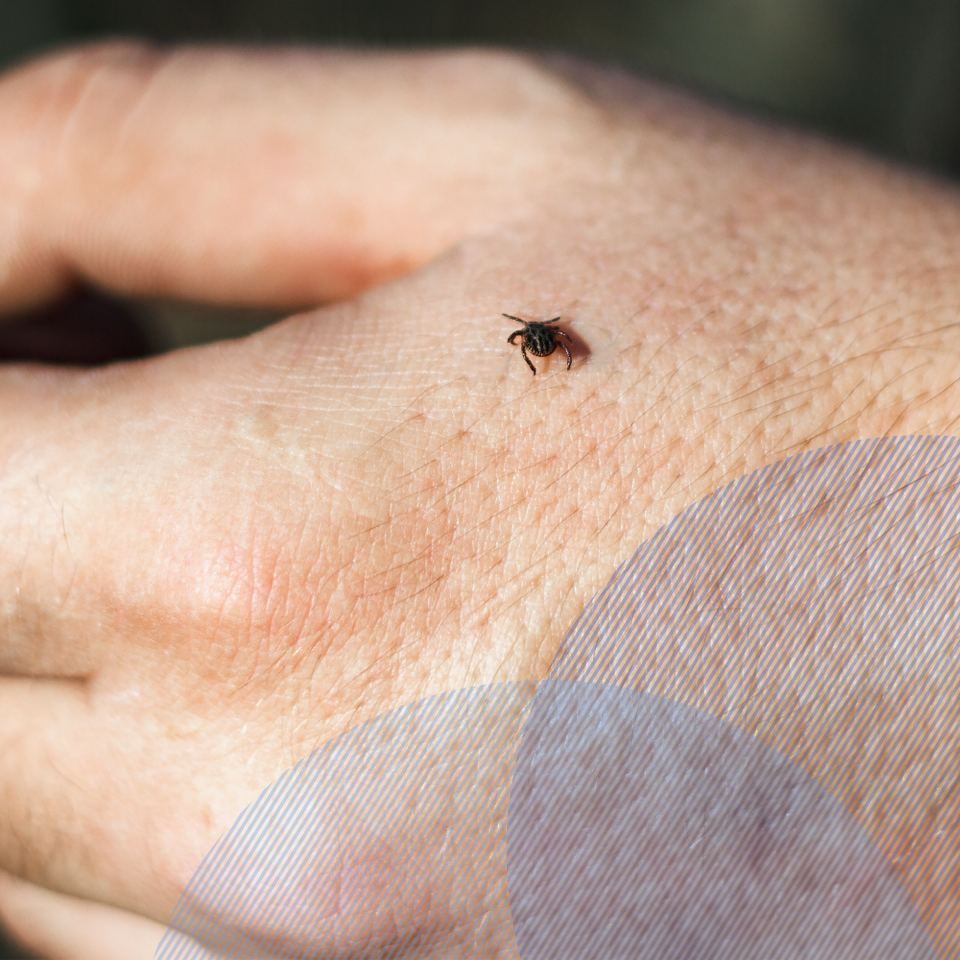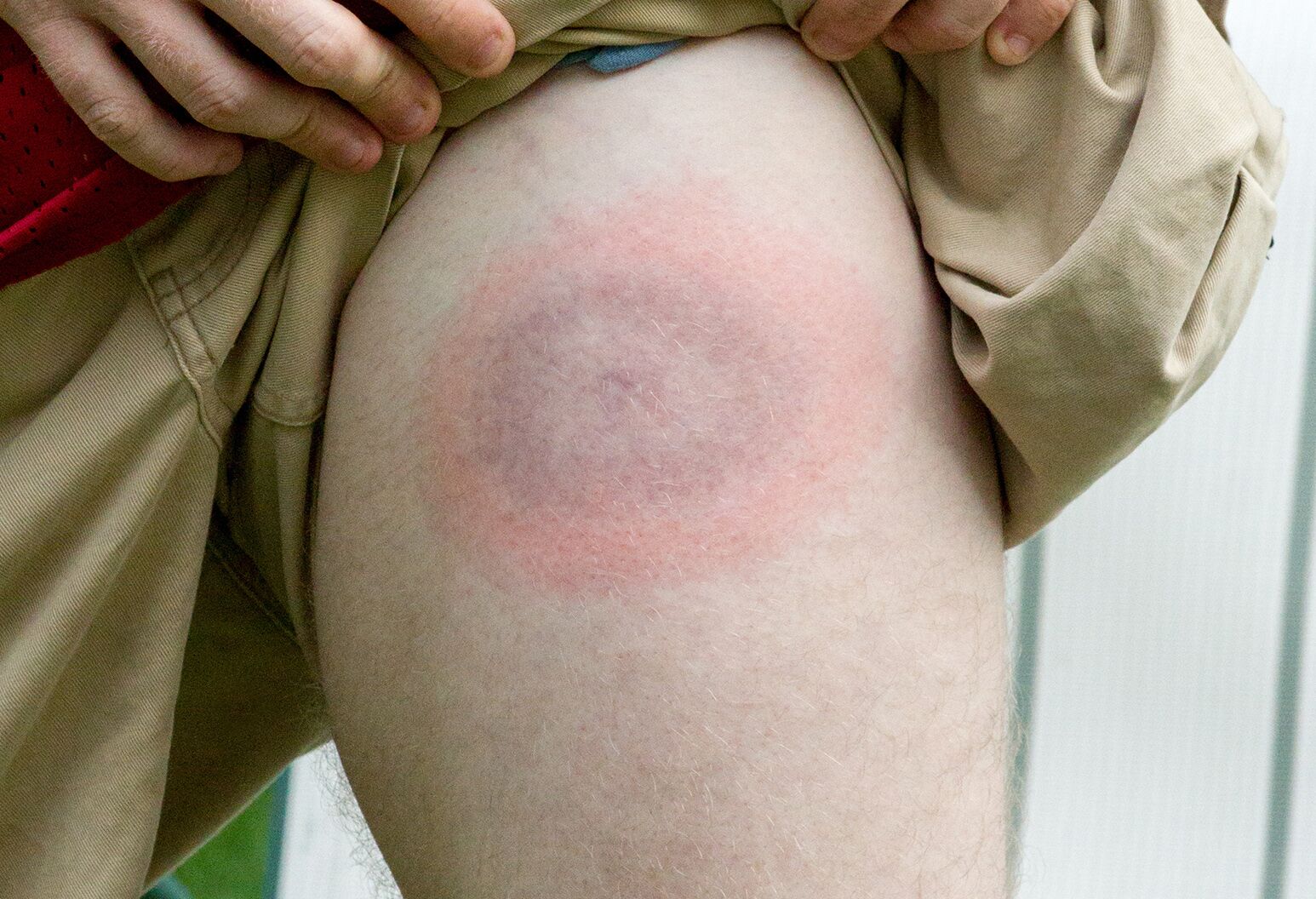Discovering the Resources Provided by Lymecare Alliance for People
Wiki Article
Lyme Condition Recognition-- Know the Effects and Remain Protected
Lyme disease stays a significant public health concern, especially in regions where ticks are common. Early acknowledgment of its signs and symptoms, such as the characteristic rash and flu-like manifestations, is important for efficient treatment. Recognizing the threat variables associated with transmission can notify far better preventative approaches. As outdoor tasks boost, so does the need for extensive awareness and security measures (Lymecare Alliance). What certain steps can people require to secure themselves versus this often-overlooked illness, and just how can neighborhoods enhance their overall reaction?Comprehending Lyme Disease
Lyme illness, a common tick-borne disease, is caused by the microorganism Borrelia burgdorferi. This illness is mostly transferred to people with the bite of contaminated black-legged ticks, typically recognized as deer ticks. The geographical circulation of Lyme condition is mostly focused in the northeastern, north-central, and Pacific coastal areas of the USA, although cases have been reported in various other areas also.The life cycle of the tick plays an essential role in the transmission characteristics of Lyme condition. Human direct exposure to ticks is specifically elevated in verdant or woody locations, especially during warmer months when ticks are most energetic.
Recognizing the ecology of Lyme disease is vital for efficient prevention techniques. Recognition of tick habitats and actions can considerably decrease the probability of bites. Public education on proper tick elimination strategies and the relevance of individual safety actions can help alleviate the risk of having this facility and possibly devastating ailment.
Common Signs And Symptoms to Recognize
Recognizing the common signs of Lyme disease is essential for very early diagnosis and treatment. The initial manifestation typically includes a characteristic skin rash referred to as erythema migrans, which appears as a red round spot with a central clearing, resembling a "bull's- eye." This rash normally establishes within 3 to 1 month after a tick bite and can vary in dimension.In enhancement to the rash, individuals might experience flu-like signs and symptoms, including high temperature, cools, exhaustion, muscle aches, and joint discomfort. These symptoms can be misleading, as they prevail to lots of various other illnesses. If left untreated, Lyme condition can advance to more extreme indications, consisting of neurological issues such as meningitis, face palsy, or cognitive impairments.
Timely treatment can avoid the progression of the illness and lower the danger of long-term issues. Caution is essential in recognizing and addressing the signs and symptoms associated with Lyme condition.

Threat Aspects and Transmission
Understanding the risk elements and settings of transmission related to Lyme illness is important for efficient avoidance. Lyme condition is largely sent with the bite of contaminated black-legged ticks, commonly referred to as deer ticks. These ticks flourish in woody, grassy, and brushy locations, click reference making outside activities in such settings a substantial threat aspect for transmission.Individuals who take part in exterior entertainment tasks such as hiking, horticulture, or outdoor camping are more probable to experience these ticks. In addition, residing in or going to areas where Lyme disease is native, including parts of the northeastern, north-central, and Pacific coastal regions of the USA, boosts direct exposure risk. Certain professions, such as forestry, agriculture, and landscape design, additionally position enhanced risks as a result of long term outdoor direct exposure.
Additionally, the life process of the tick, which requires specific environmental problems, affects transmission characteristics. Variables such as environment change, which influences tick habitats and populaces, can further aggravate threat. Recognizing these factors is essential for individuals to recognize their possible direct exposure and take needed precautions to decrease their threat of contracting Lyme condition.
Efficient Prevention Approaches
Frequently carrying out efficient prevention techniques is essential for minimizing the danger of Lyme condition. The first line of protection is to prevent areas recognized for high tick populaces, particularly wooded and verdant settings. When outside tasks are inescapable, wearing protective apparel is important. Long sleeves, long pants, and tightly woven materials can help lessen skin direct exposure. Furthermore, light garments makes it easier to spot ticks.
Maintaining a tick-safe setting around homes is navigate here similarly crucial. This includes maintaining yards cut, getting rid of high turfs and brush, and producing a barrier of timber chips or crushed rock in between yards and wooded areas. Last but not least, informing friends and family regarding these avoidance methods promotes community awareness and vigilance, more reducing the possibility of Lyme condition transmission. By taking on these measures, individuals can efficiently shield themselves from the risks related to Lyme disease.
Relevance of Very Early Discovery
Very early discovery of Lyme illness significantly influences therapy outcomes and can stop the progression of the health problem. The early stages of Lyme condition are commonly noted by flu-like signs and symptoms, including high temperature, tiredness, and the particular erythema migrans breakout.On the other hand, delayed diagnosis can cause more severe indications of the illness, consisting of cardiac and neurological problems, which can be more challenging to deal with and might lead to extended wellness concerns. Late-stage Lyme disease may need prolonged antibiotic therapy and can lead to persistent symptoms, dramatically affecting lifestyle.
On the whole, increasing awareness around the early indications of Lyme disease is important for effective management and prevention of even more significant health consequences. Early treatment is not only valuable for the individual yet likewise vital in lowering the general burden of Lyme illness in the neighborhood.
Verdict
In summary, enhancing recognition of Lyme Condition is necessary for promoting very early discovery and efficient prevention. Eventually, a cumulative initiative to remain educated and vigilant versus Lyme Illness can enhance neighborhood health and minimize the influence of this possibly severe illness.Lyme illness continues to be a considerable public health and wellness issue, especially in regions where ticks are prevalent.The life cycle of the tick plays a crucial function in the transmission characteristics of Lyme illness.Understanding the threat factors and settings of transmission connected with Lyme illness is essential for reliable prevention. Lyme illness is primarily sent through the bite of infected black-legged ticks, commonly pop over to this site known as deer ticks. Comprehending these factors is critical for individuals to recognize their prospective exposure and take necessary precautions to minimize their risk of contracting Lyme illness.
Report this wiki page